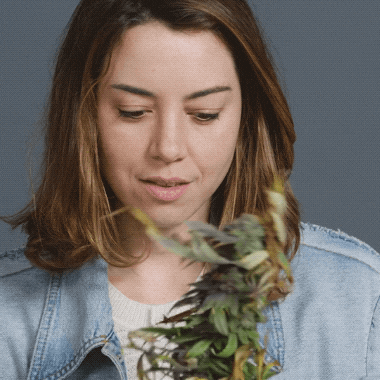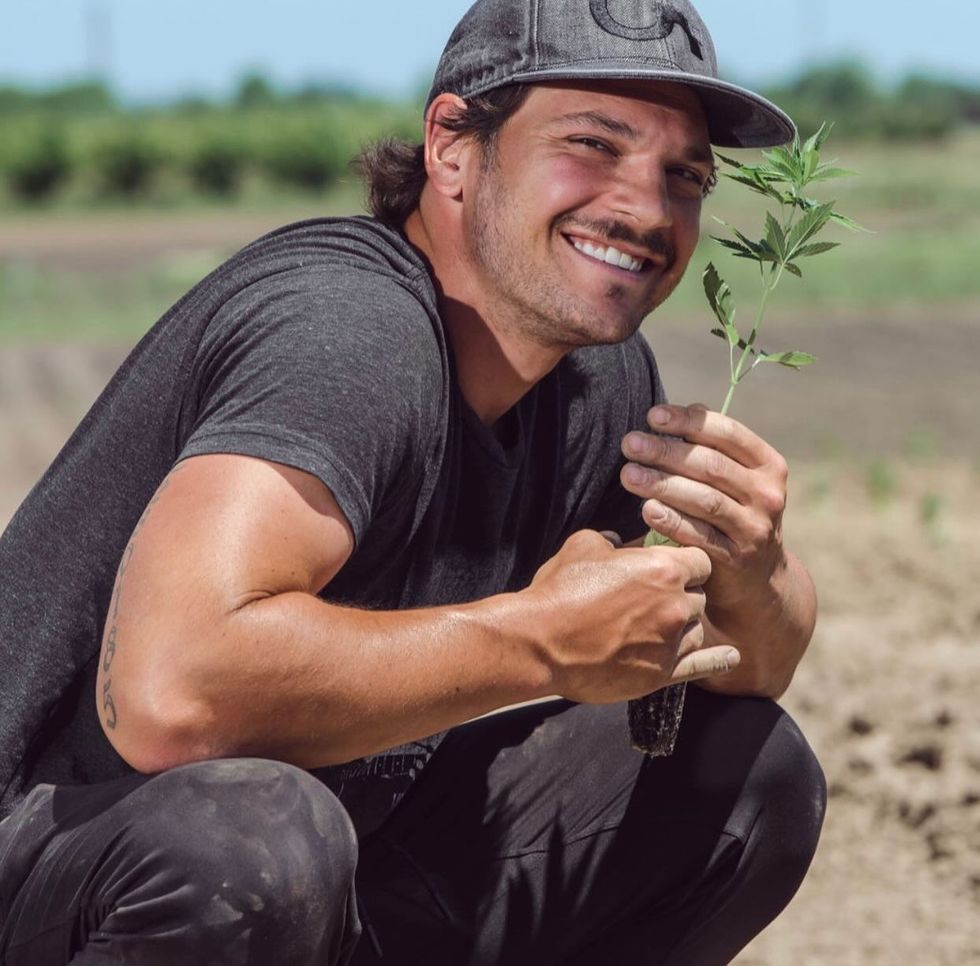Saved by Cannabis: Basketball Hall of Famer Lauren Jackson Shares Her Story
The first Australian inducted into the Naismith Memorial Basketball Hall of Fame, Lauren Jackson has reached rarified air in the world of athletics.
Her basketball career with the WNBA’s Seattle Storm included two championships, three MVPs, and seven all-star appearances – not bad for the number one pick of the 2001 draft.
These athletic feats came at cost though, taking a mighty toll on Jackson’s body, which meant countless surgeries and prescriptions to painkillers.
Unfortunately, Jackson had to cut her career short. She retired in early 2016 due to a degenerative knee injury, which was causing all sorts of chronic pain even after she retired.
In a recent interview with the Australian Broadcasting Corporation, Jackson revealed how medical cannabis helped her shift from the prescribed painkillers to a more effective, healthier mode of healing – and living.
“It has been incredible.”
"I've been open about my battle with prescription medication during my career and when I retired, I went off everything because I wanted to raise my kids and just be the very best version of myself,” Jackson said.
When Jackson’s doctor prescribed medical cannabis for an alternative pain treatment, everything changed.
“It has been incredible,” Jackson said. “It's helped me a lot and gotten me to the point where I'm able to train again and live a very active lifestyle with my two little boys.”
That is a much better alternative to living in a pharmaceutical daze, where the side effects can sometimes be worse than the primary health issue.
Under the guidance of a physician, cannabis has essentially changed Lauren Jackson’s life, and that is a good thing.
How many more people are missing out? How many more people are living with chronic illness where cannabis along with other lifestyle choices could make a big a difference? The number is countless.
“It’s something I personally believe in because of how my body has handled it,” Jackson said of cannabis.
“"I just want to help get the message out there and hopefully help change people's lives.”
Spreading the message
In addition to sharing her story and inspiring others, Jackson is doing much more to get involved and to spread her insights on medical cannabis for athletes.
She’s also part of the new Sports Advisory Board, which is run by Levin Health, a Melbourne-based sports medicine company that focuses on the development of pharmaceutical-grade cannabis products for chronic pain and concussion.
As more high-profile athletes such as Kevin Durant and Kevin Garnett come out in support of cannabis, the stubborn stigma continues to slowly fade.
But is it fading fast enough?
The progress has been great, and yet we still have so much work to do.
When you look at the different ways cannabis interacts with the body, restoring balance, one can’t help but wonder if a cannabis regimen would have prolonged Jackson’s career.
Major sports leagues are indeed starting to dial back their cannabis penalties, however the standards are inconsistent.
If league owners knew more about the healing properties of cannabis and its potential to even add longevity to the careers of athletes (the career of Cliff Robinson is a fantastic case study), would they further embrace this ancient herb?
Time will tell.
And for now, it’s amazing that Lauren Jackson can enjoy a healthy, active life – and spread the word on medical cannabis.
Need a little more Bluntness in your life? Sign Up for our newsletter to stay in the loop.



 New report says seniors two times more likely to use cannabis than they were in 2015
Sven Mieke/Unsplash
New report says seniors two times more likely to use cannabis than they were in 2015
Sven Mieke/Unsplash

 New Study Debunks “Lazy Stoner” Myth
New Study Debunks “Lazy Stoner” Myth


 Jim Harris was paralyzed, until he tried magic mushrooms
Jim Harris was paralyzed, until he tried magic mushrooms Boxer Mike Lee
Boxer Mike Lee Daniel Carcillo
Daniel Carcillo Doc Ellis pitched a No-Hitter under influence of LSA
Doc Ellis pitched a No-Hitter under influence of LSA










